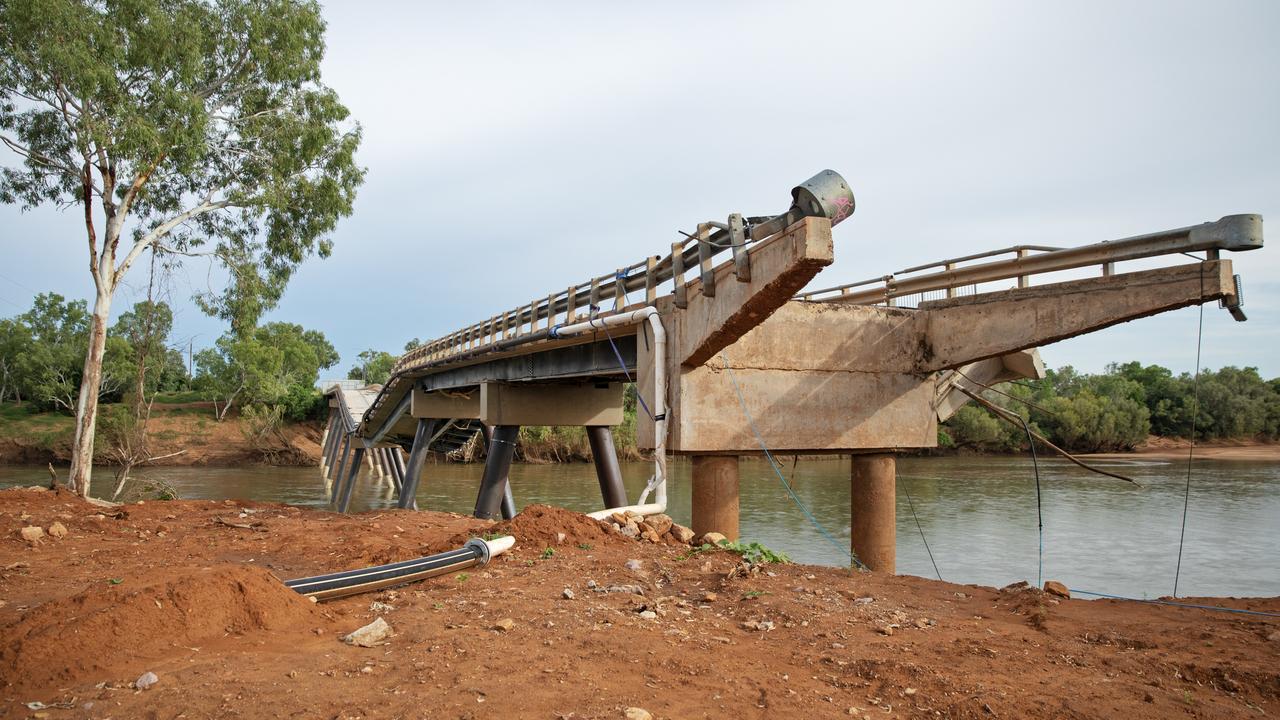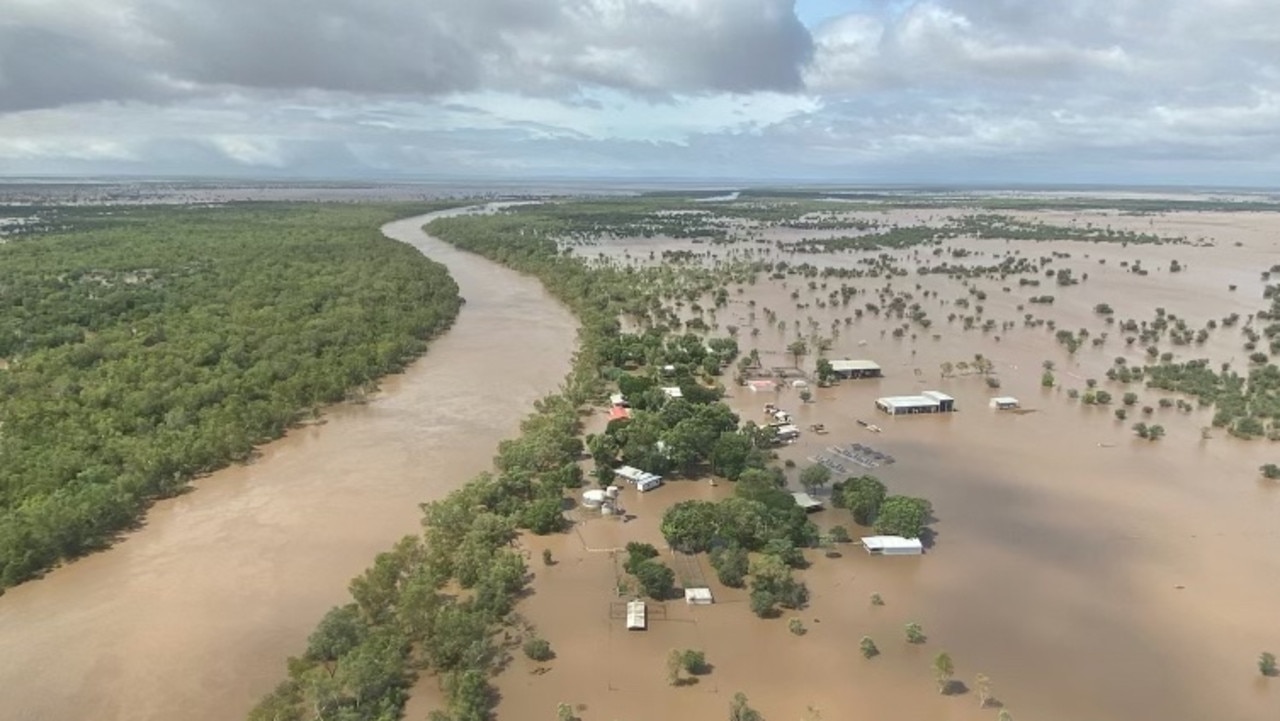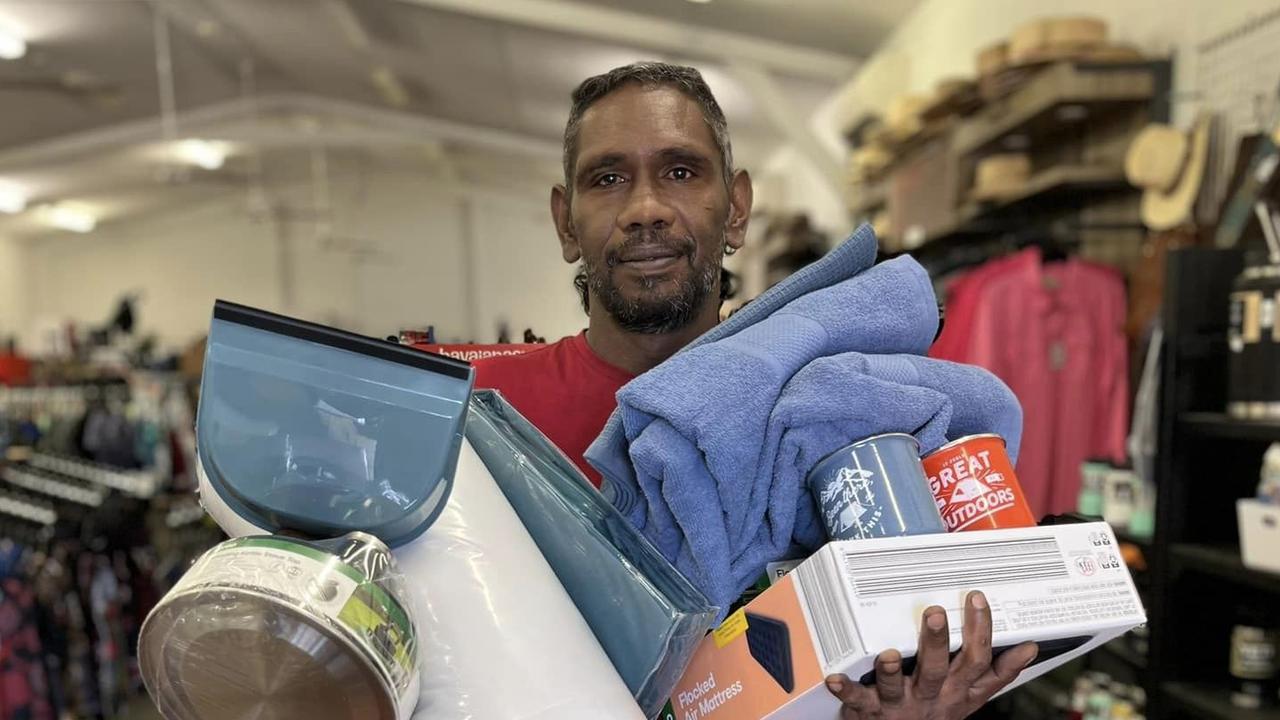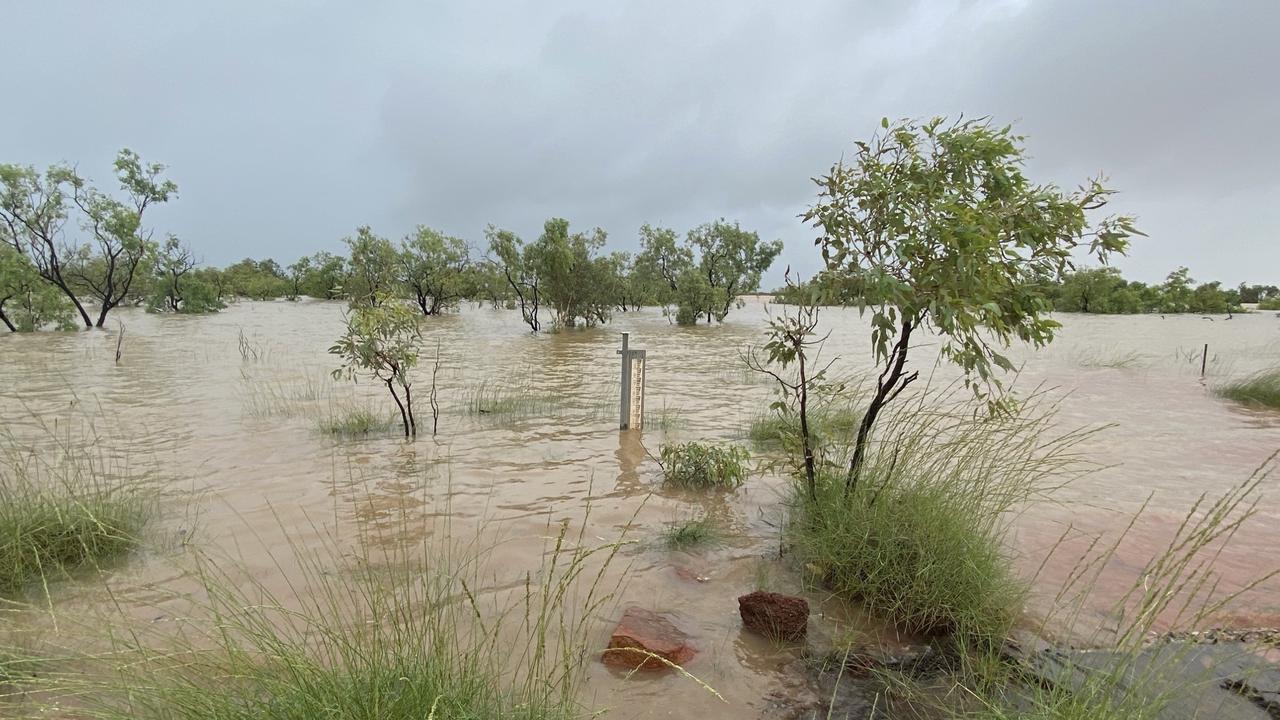Kimberley Floods: Three months since “one in 100 year” disaster
Communities in Western Australia’s northernmost region are still battling to rebuild, months after record flooding and widespread damage.

The people of Western Australia’s Kimberley region haven’t had a great start to 2023.
Although ringing in the New Year amid torrential rains and the threat of cyclones isn’t unusual for those living in the state’s far north, this year saw strange weather activity that caused a local river to smash previous flood records.
Ex-tropical cyclone Ellie kept making passes over the inland town of Fitzroy Crossing in the early days of January, bringing heavy rain and swelling the nearby Fitzroy River to 15.81m high on January 4.
That’s almost two metres more than the previous flood record set in 2002. While the river flow rate carried an estimated 60,000 cubic metres of water per second – enough to fill Sydney Harbour in about two-and-a-half hours.

Thousands of homes and businesses across the region were inundated; whole sections of major roads like the Great Northern Highway were washed away; hundreds of people were evacuated to safer coastal towns; and the Fitzroy River bridge was destroyed.
The damage to transport infrastructure effectively cut Fitzroy Crossing off from the rest of the state, and caused massive food shortages at supermarkets across the Kimberley, with supplies unable to be trucked in from Perth or the Northern Territory. (The NT was dealing with its own flood crisis at the time).
Now, nearly three months on from the “one in 100 year flood event,” as it was often referred to by WA’s Emergency Services Minister Stephen Dawson, the clean-up and recovery effort is still under way.

Wheatbelt Development Commission chief executive Rob Cossart was appointed state recovery co-ordinator in late January.
He said his focus for the region has been social recovery, but also economic recovery.
“A big focus of the role has been meeting with the community … working across the community with state government, the commonwealth, not for profits, and the Aboriginal corporations to co-ordinate flood recovery,” said Mr Cossart told NCA NewsWire.
“The role is about ensuring the delivery of that recovery is meeting the needs of the community, and making sure our recovery initiatives are on track.”
He said the damage to the road networks continues to be one of the biggest challenges.


“There’s been a lot of damage to the regional road network, but there’s been a phenomenal effort by our repair partners,” said Mr Cossart.
“However, there is that broader concern over the Fitzroy Valley, and across national freight lines.”
More than 200 people were evacuated during the worst of the flooding; Mr Cossart said about 150 of those people have since returned.
“We’re still trying to make sure there’s social housing available for those being repatriated and trying to work things out, like what will any future accommodation look like,” he said.
“It's also been about making sure there’s that continuity for businesses. Without a doubt the business community has had a couple of tough years, what with Covid.
“Part of my role now is working out how do we normalise the economic function of the region.
“So my focus has been in two areas: supporting the social recovery of people impacted, things like people’s mental health, making sure they’re getting into housing, things like that.
And the second priority is keeping the economy going.”

Earlier this week WA’s Transport Minister Rita Saffioti announced the contracts to build a new bridge had been awarded in a fast-tracked tender process, with the new structure – tipped to be six times stronger than the old bridge – to hopefully be completed by mid-2024 at the earliest.
“We know how critical this bridge is to reconnecting East and West Kimberley, which is why we fast-tracked the procurement process,” Ms Saffioti said.
The government awarded the contract in six weeks, while it can normally take up to 12 months.
Barges are being used to ferry vehicles across in the meantime, as crews continue long-term repairs on the Great Northern Highway.
A low-level river crossing is also set to be up-and-running by mid-April.
Regular community meetings are still being held with representatives from the state’s Department of Fire and Emergency Services (DFES), Main Roads, who are responsible for major road infrastructure in WA, and local recovery co-ordinators.

“These floods had a major impact on quite a remote part of Australia, and we knew from the outset that attracting the resources and personnel to undertake the rebuilding of impacted infrastructure was going to be challenging,” federal Emergency Management Minister Murray Watt said.
The federal government continues to provide disaster relief funding to the Kimberley, with local residents impacted also eligible for a number of state government payments.
“The Albanese and McGowan Governments are working together to support communities impacted by supply chain interruptions, including through ongoing freight subsidy arrangements,” Senator Watt said.
And tourists are still being urged to visit the region and do their part and plan a trip to the Kimberley.
A $6m tourism flood recovery package was announced by the McGowan government in March, subsidising the cost of flights to the region.
With the wet season coming to an end after April, it’s hoped locals will get some reprieve from torrential downpours, and that the rest of their 2023 will be relatively uneventful.
Originally published as Kimberley Floods: Three months since “one in 100 year” disaster




